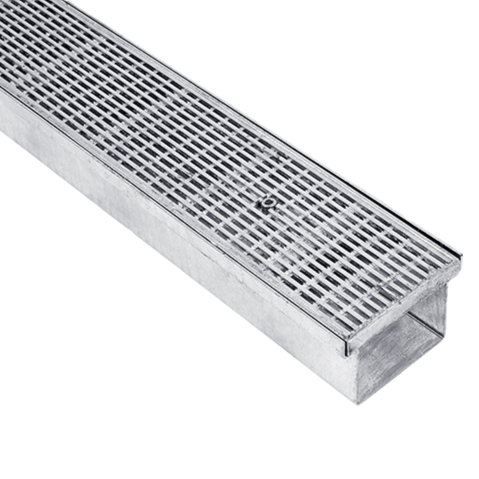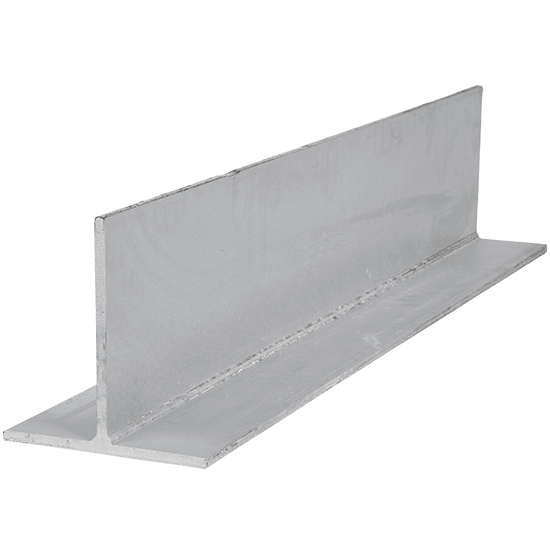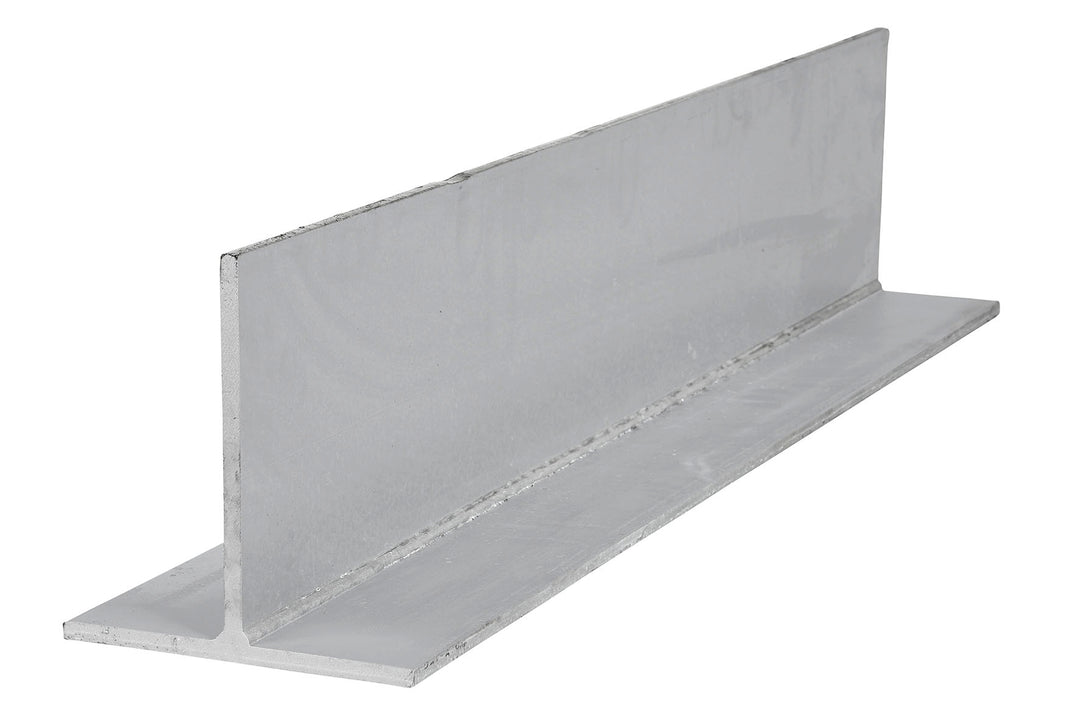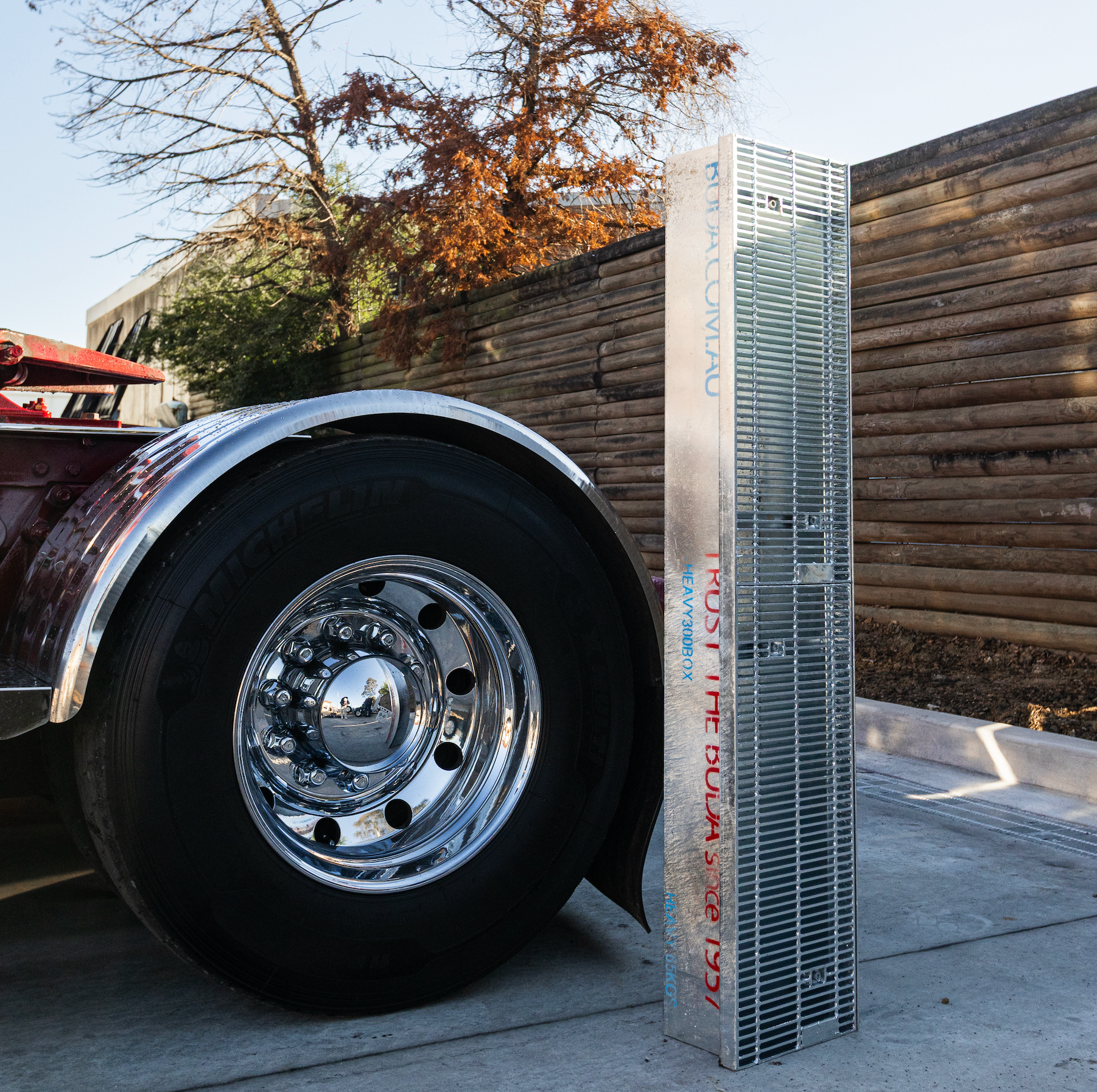What is a Sustainable Drainage System & Water-Sensitive Urban Design?

In today's rapidly urbanising world, the importance of sustainable practices in every sector cannot be overstated. One such area that has seen significant innovation is drainage systems. Sustainable Urban Drainage Systems (SuDS) and Water Sensitive Urban Design (WSUD) aren’t just industry buzzwords; they represent a shift in how we approach water management in urban environments.
Sustainable drainage systems are a testament to our evolving understanding of environmental conservation and the need to adapt our urban infrastructure accordingly. But what exactly are SuDS and WSUD, what are the benefits and why are they crucial for our future? Let's dive in.
The Australian Perspective on Sustainable Drainage
Australia's journey towards effective water management practices, including SuDS and WSUD, has evolved over the past 40 years, with a marked acceleration in the last decade. The critical role of water cycle management encompasses drinking water, stormwater runoff, waterway health, sewage treatment, and water reuse and recycling. WSUD, in particular, has gained traction in Australia, emphasising the integration of water cycle management into urban planning and design. Its endorsement by various governmental bodies underscores its significance in shaping a sustainable urban landscape.
Why Water-Sensitive Urban Design (WSUD)?
In natural environments, rainwater is mainly absorbed into the ground, used by plants, or evaporates into the atmosphere. However, urban areas, with their abundance of hard surfaces like roads, roofs, driveways, and paths, present a challenge. These surfaces prevent water absorption, leading to stormwater runoff, which, especially in areas with trucks, cars, and industry, can carry high levels of pollutants.
WSUD and other sustainable drainage systems aim to enhance urban environments' ability to capture, treat, and reuse stormwater before it can pollute and degrade our waterways. Sydney Water, a major player in this field, collaborates with various councils across Sydney to implement these projects. These sustainable drainage systems offer numerous benefits, including reducing stormwater runoff, enhancing its quality, protecting waterways, augmenting wildlife habitats, beautifying urban spaces, and cooling local environments by retaining water.
WSUD in Action
WSUD is versatile and can be observed in various forms across urban landscapes. Examples include rainwater tanks, rain gardens, bio-retention systems, constructed wetlands, and swales. The effectiveness of WSUD is maximised when stormwater is treated close to its source.
For instance, a rain garden or wetland in a park can collect and treat stormwater from nearby streets before it enters a creek or river. Notable implementations include the wetlands at Astrolabe Park, which act as a natural filter for stormwater outlets, and the constructed wetlands in Sydney Park that treat stormwater, enhance the scenery and provide habitats for wildlife.
What Are Sustainable Drainage Systems?
Sustainable drainage systems are designed to mimic natural water management processes. Unlike traditional drainage methods that direct stormwater straight into sewers, SuDS aims to manage rainwater near where it falls. This can be achieved through water storage, filtration, reuse, and pollutant removal.
Management of water is a pressing challenge for modern societies. It's often overlooked until issues such as flooding or water contamination arise. With climate projections indicating more intense weather events like floods and droughts and regulators imposing stricter environmental penalties, every development must prioritise sustainability in its water and drainage design to avoid escalating costs.
Over the years, the understanding of SuDS or WSUD methods has matured. Numerous global examples have showcased their success and benefits for the environment and communities. While evident and valued by communities and regulators, these benefits can sometimes be challenging to quantify financially. However, considering the costs of addressing pollution or flood damage offers a clearer perspective.
For many designers and developers, the hesitation in adopting sustainable drainage systems stems from various factors. These include a preference for familiar methods, perceived higher construction costs than traditional approaches, and a lack of understanding of broader catchment interactions. However, sustainable drainage features can be seamlessly integrated into urban developments without excessive costs. Even on a small scale, sustainable drainage systems can offer significant water quantity, quality, amenity, and biodiversity benefits.
Different Types of Drainage Systems
- Surface Drainage System: These systems, like drainage channels and ditches, remove surplus water from the land's surface. They include open drains, hollows, levees, and grassed streams on a land surface. A cast-in-place trench drain is an excellent example of a surface drainage system.
- Slope Drainage System: Slope drains divert flowing water from a structure through a slope drainage system. Pipes are used to move down the hill to accomplish this. Because it is fixed to an inclination, the installed line directs water away from the structure as quickly as possible.
- Subsurface Drainage System: Implemented beneath the top layer of the soil, these systems channel excess water away from the foundation via a French drain. To install the subsurface drainage pipes, trenches are excavated.
- Downspout and Gutter System: This is the first defence against stormwater oversaturation. The goal is to divert water from the street or footpath and send it to other drainage systems.
The Environmental Benefits of Sustainable Grates and Drains
- Water Filtration: One of the primary features of sustainable grates and drains is their ability to filter out pollutants from stormwater. This ensures that the water entering our waterways is cleaner and less harmful to aquatic life.
- Water Reuse: SuDS can store rainwater for later use, reducing the demand for municipal water supplies. This stored water can be used for irrigation, flushing toilets, or cleaning, reducing the need for treated tap water.
- Pollutant Removal: Certain sustainable drainage systems are designed to break down pollutants or trap them, preventing them from entering the environment. This is crucial in urban areas where stormwater can pick up a range of contaminants from roads, roofs, and other surfaces.
- Reduced Flood Risk: By slowing down and storing rainwater, SuDS can reduce the risk of flash floods, which are becoming increasingly common in urban areas due to climate change.
Stormwater Management and Environmental Impact
Stormwater management is not just about preventing floods but protecting our environment. When managed sustainably, stormwater can recharge groundwater supplies, support wildlife, and improve air quality by supporting vegetation that absorbs carbon dioxide.
Moreover, sustainable urban drainage systems can transform urban spaces. They can create habitats for wildlife, green spaces for residents, and even recreational areas. For instance, rain gardens, a SuDS type, can beautify urban areas while filtering pollutants from stormwater.
Sustainable Drainage Practices in Action
At Vincent Buda & Co, we understand the importance of sustainable drainage systems and water-sensitive urban design. Our range of internal drains and external drains are designed with the environment in mind. Whether you're looking for drains for indoor use or outdoor drains, our products ensure efficient water management while minimising environmental impact.
The Future of Urban Water Management
As our urban landscapes continue to expand, water management challenges become increasingly complex. However, by installing Sustainable Urban Drainage Systems (SuDS) and Water Sensitive Urban Design (WSUD), we're addressing drainage challenges and transforming them into sustainable opportunities. Opportunities to rejuvenate our environment, enhance urban aesthetics, and create sustainable communities.
By embracing these innovative approaches, we're safeguarding our waterways and ensuring a greener, more sustainable future for generations to come. It's clear that the future of urban water management lies in harnessing nature's wisdom, and with SuDS and WSUD, we're doing just that.
For those ready to make a sustainable change in their projects, Vincent Buda & Co offers a comprehensive range of products that align with the principles of SuDS and WSUD. From grates and drains to specialised solutions like internal drains and external drains, as well as a variety of stormwater products, we have everything you need to build with the environment in mind. Together, let's pave the way for a sustainable future.
Frequently Asked Questions About Sustainable Drainage Systems
What are Sustainable Drainage Systems (SuDS)?
SuDS are drainage solutions designed to manage rainwater close to where it falls. They mimic natural water management processes, aiming to reduce flood risks, improve water quality, and enhance the environment.
How does Water Sensitive Urban Design (WSUD) differ from SuDS?
While SuDS focuses primarily on managing stormwater, WSUD is a broader concept integrating the entire water cycle into urban planning and design. This includes stormwater management, water supply, wastewater treatment, and waterway health.
Why are SuDS and WSUD important for urban areas?
Urban areas often have many hard surfaces, leading to increased stormwater runoff. Without proper management, this runoff can cause flooding, pollute waterways, and harm the environment. SuDS and WSUD offer solutions to manage this water sustainably, benefiting both the environment and urban residents.
Are SuDS and WSUD more expensive than traditional drainage systems?
While the initial costs might be higher in some cases, the long-term benefits, such as reduced flood damage, water savings, and environmental protection, often result in overall cost savings.
How do SuDS and WSUD benefit the environment?
These systems help reduce stormwater runoff, filter pollutants, recharge groundwater, support biodiversity, and create green spaces in urban areas. They also play a role in mitigating the effects of climate change by managing extreme weather events like floods.
Can I implement SuDS or WSUD in an existing property?
Yes, many SuDS and WSUD features can be retrofitted into existing properties. Examples include rain gardens, permeable pavements, and rainwater harvesting systems.
How does Vincent Buda & Co support sustainable drainage practices?
Vincent Buda & Co offers a range of products designed with SuDS and WSUD principles in mind. From grates and drains to specialised solutions, our drainage products ensure efficient water management while minimising environmental impact.




















